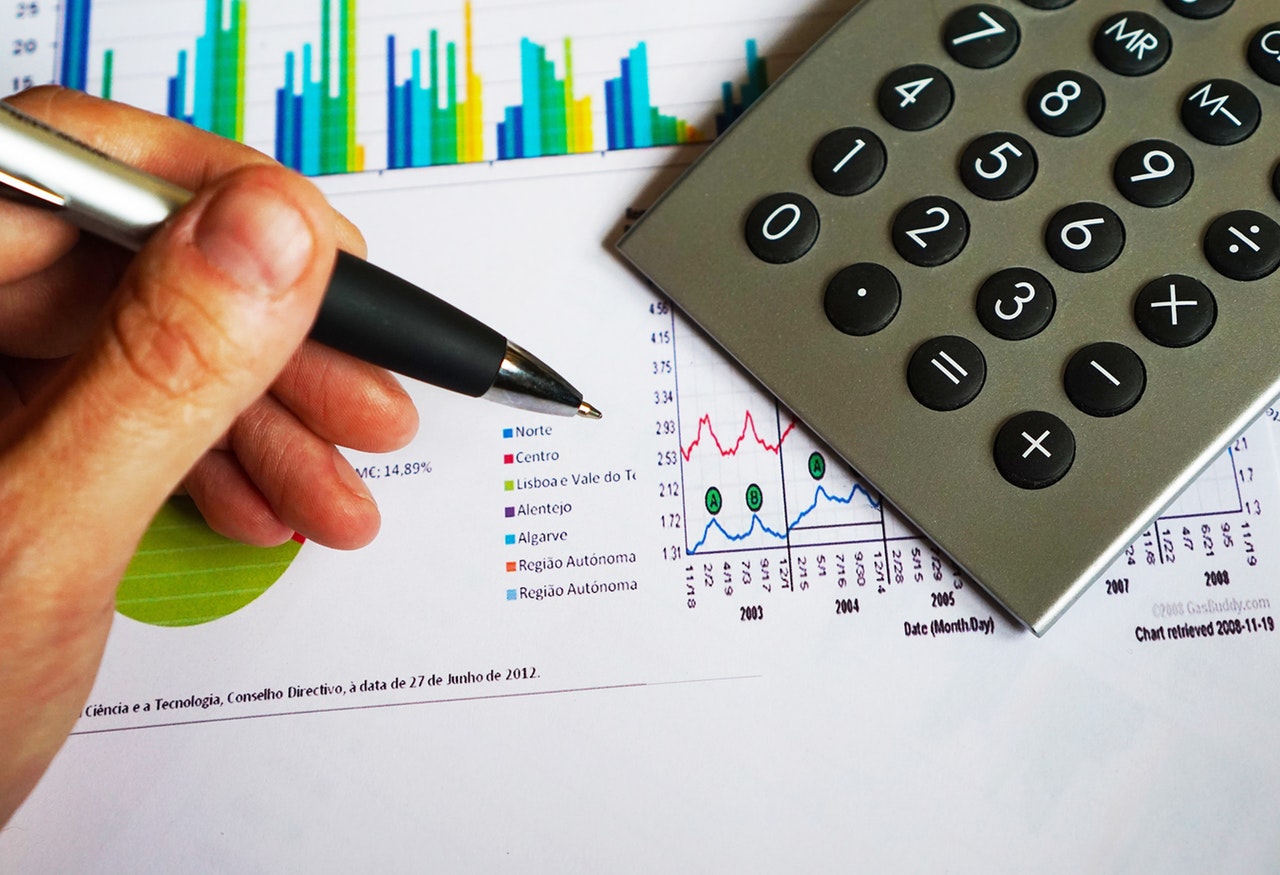Investors tend to focus on mutual funds, exchange-traded funds, stocks, and bonds to build their portfolios. In addition to these options, there are several other financial markets that investors can take advantage of if they want to be adventurous. Some of the most important of these alternative markets deal with futures. The futures market is largely linked to the commodities industry and was initially intended as a way of mitigating risk among producers who faced uncertain prices for their products.
The producers of mining, agriculture, and oil products must invest time and money into creating a commodity that could be trading at a very low price once they are ready to sell. Futures contracts were introduced to mitigate this risk. In the most basic sense, a futures contract obligates a seller to offer a set amount of a commodity to the buyer on a particular date in the future, at the current futures market prices. Today, futures contracts may be bought and sold for physical commodities, but they are typically used by investors as financial instruments to hedge risk.
The History of the Futures Market
 The North American futures market dates back to the mid-19th century. Before the market existed, farmers would bring their crops to market without knowing how supply and demand would influence price. When supply exceeded demand, some crops would be left to rot and farmers would lose money. If there was high demand for a crop, which would occur during off-seasons, then prices would soar. In the mid-1800s, a central marketplace was created for grain purchases in which farmers could sell crops for immediate delivery or future delivery. The so-called “forward contracts” were forerunners to the modern futures contracts. This marketplace stabilized prices in the off-season and helped prevent the needless waste of crops.
The North American futures market dates back to the mid-19th century. Before the market existed, farmers would bring their crops to market without knowing how supply and demand would influence price. When supply exceeded demand, some crops would be left to rot and farmers would lose money. If there was high demand for a crop, which would occur during off-seasons, then prices would soar. In the mid-1800s, a central marketplace was created for grain purchases in which farmers could sell crops for immediate delivery or future delivery. The so-called “forward contracts” were forerunners to the modern futures contracts. This marketplace stabilized prices in the off-season and helped prevent the needless waste of crops.
The practice described above slowly evolved into a global marketplace that now includes currencies, treasury bonds, securities, and other financial instruments, in addition to agricultural goods. Modern technologies make it possibility to broadcast commodity prices around the world so that a farmer in the United States can match a bid from a buyer in Europe. Bids and offers can be electronically matched using a centralized system, or pricing can be settled in an open outcry environment. Ironically, the vast majority of modern futures contracts do not end with the physical delivery of goods.
How Futures Contracts Work
When you rent a home, you are entering into a contract to occupy a home for a specified period of time at a predetermined monthly price. You will pay the same rent for the duration of the contract, even if the market rate increases or decreases. A futures contract is similar in guaranteeing what both parties consider a fair price for the commodity in question. For example, a food manufacturer and a corn farmer may agree to the future delivery of 1,000 bushels of corn at $4 per bushel. Futures contracts can be traded, and it is the contract rather than the corn that is bought and sold on the market.
A futures contract articulates terms in writing. Everything is specified, from the amount of the commodity to quality expectations. The delivery date, price per unit, and even the delivery method are specified. The price of the futures contract is determined by the number of units and price per unit. In the scenario above, the futures contract would be priced at $4,000.
Every futures contract represents both long and short positions. The party that delivers the commodity assumes the short position and the receiver has the long position. In the example above, suppose that the price per bushel of corn increases to $5 the day after the contract is made. The farmer, who holds the short position, just lost $1,000 in potential profit, and the food manufacturer, who holds the long position, just gained $1,000 by saving on the current market price.
Why Participate in the Futures Market?
Investors typically have two motivations for participating in the futures market. The first motivation is hedging risk. In the scenario outlined above, both parties hedge their risk. The farmer is obtaining some sort of protection in the event that the market rate plummets, and the food manufacturer is protected against unexpected rises in the market. By agreeing to the price, both parties know their future expenses and gains. Of course, hedging also means that individuals can miss out on potential opportunities for profit. The farmer could make a lot of money if the price suddenly increased, and the food manufacturer could save a lot of money if the price suddenly fell.
Individual investors enter the commodities market to take advantage of these market peaks and valleys through speculation. If someone believes that the price of an underlying asset will increase, they could purchase the asset in a futures contract and later sell it at a higher price to gain from the increase in price. This sort of investment is risky, because there is always the chance that an asset’s price will fall and money will be lost. Speculators can also take advantage of drops in the market price by selling assets in a futures contract and then buying them back at a lower price.

